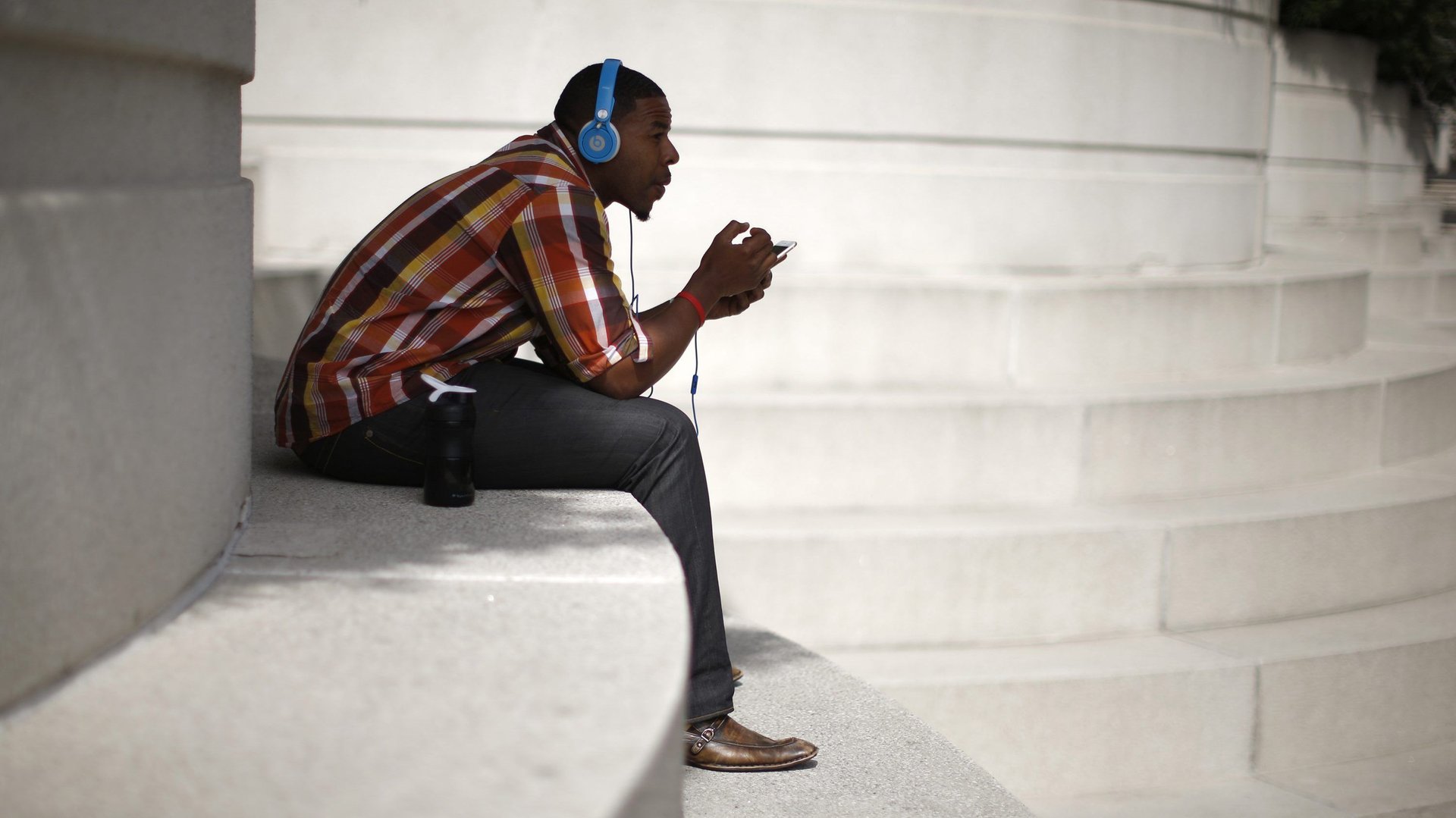Americans are now spending 11 hours each day consuming media
Americans now spend most of their waking hours watching TV, listening to music, using apps on their smartphones, or otherwise consuming media, a new study finds.


Americans now spend most of their waking hours watching TV, listening to music, using apps on their smartphones, or otherwise consuming media, a new study finds.
US adults are spending more than 11 hours a day on average—or about two-thirds of their waking time—consuming media in some form, Nielsen showed in its first-quarter 2018 report on US media consumption today (July 31). It measured, based on its representative panels of TV, radio, and digital households and consumers, activities like watching TV and DVDs, listening to the radio, visiting apps on a smartphone or tablet, and using the internet and game consoles. (The study did not include print formats like books or magazines.)
The time spent interacting with media was up 19 minutes over last quarter, as audiences used TV-connected devices, like a Roku or Apple TV, more and digital platforms like apps on their smartphones. Major sporting events like the Winter Olympics, the Super Bowl, and March Madness also glued sports fan to their TV sets, radios, and smartphones during the quarter, Nielsen reported.
Despite all the new technologies people can now use to access media, the regular old radio was the most ubiquitous form of media audiences interacted with during the period. Ninety-two percent of US adults listened to the radio—via standard broadcasts, internet streams of AM and FM stations, or satellite—during an average week, Nielsen found.
Peter Katsingris, who lead the report at Nielsen, attributed that to the presence of radios in cars, and the rise of online streaming services that make it easier to tune into stations wherever listeners are, in a statement to Quartz.
But audiences still spent the most time watching TV and using their smartphones.